La Diada is Catalunya’s National Day. Every 11th of September Catalonia’s streets are decorated with Catalan flags hanging from people’s back, or painted on their faces. La Diada is a day filled with celebration, pride, and respect for the Catalan Culture. It is known as Catalan Independence day though it commemorated the defeat of Catalonia during the War of the Spanish Succession. Yes, you read the right, they celebrate the defeat rather than victory. This defeat represented the loss of Catalan liberties, institutions, and laws.
Celebrating La Diada is a reminder of how much effort it took them to stand where they are today. Finally free to express who they truly are. It is why the Catalan region is so different any other.
This is ShBarcelona’s Guide to La Diada.
Table of Contents
History Lesson – The War of the Spanish Succession
In 1700, the death of the last Habsburg King of Spain, Charles II sparked a war that would last 14 years. Charles II left no heirs, and on his death bed declared to leave the Spanish empire to Philip, duke of Anjou. Philip happened to be King Louis XIV of France’s eldest grandson. With Philip ruled in the south, King Louis took it upon himself to strengthen the french dynasty. This created fear that the french empire would gain too much power and jeopardize the existing balance. England, the Dutch Republic, Austria, and allies in the Holy Roman Empire formed the Grand alliance. Together they supported the Habsburg candidate, Archduke Charles (otherwise known as King Charles III). They declared war on May 1702. Catalonia troops fought in support of the Augsburg prince, King Charles the III.
At the end Catalonian troops and the Grand Alliance were defeated by the Bourbon King Philip V of Spain. This began the imposition of a newly centralized and unified Spain, which oppressed the individuality of Catalan Culture. Catalan culture and language was abolished in 1713 and again under Franco Dictatorship in 1939.
For the complete version of Catalunya’s history click here or here.
Activities
In 1939, the Generalitat de Catalunya, autonomous government of Catalonia, reinstated the holiday.
Below you will find a list of activities you can partake in the celebration of the Catalan culture.
Homage to the heroes
Start your day by attending the tradition florals offerings at the monument of the Catalan hero, Prime Minister of the Catalan Government and commander in chief of the Barcelona troops who defended the city, Rafael Casanova.
Location: Carter d’Alí Bei/Ronde de Sant Pere
La Via Lluire demonstration Via Meridiana.
After join Catalan separatist groups with Catalan flags for a 5-kilometer walk down Via Meridiana. They start from Sant Andreu, and end at Parliament de Catalunya. A map of the route can be found here.
Concert
End your day with a free concert at Arc De Triomf. Great music, drinks, and an unforgettable night.
Free admissions
Many places also offer free admission. These places include Palau de la Generalitat, Catalan parliament building, MNAC Catalunya National Art Museum, MCH Catalonia History museum, and the born Cultural Center.
Today we can experience a region different from any other here in Spain. Catalunya is a place where a diverse way of thinking is not excluded but welcomed.









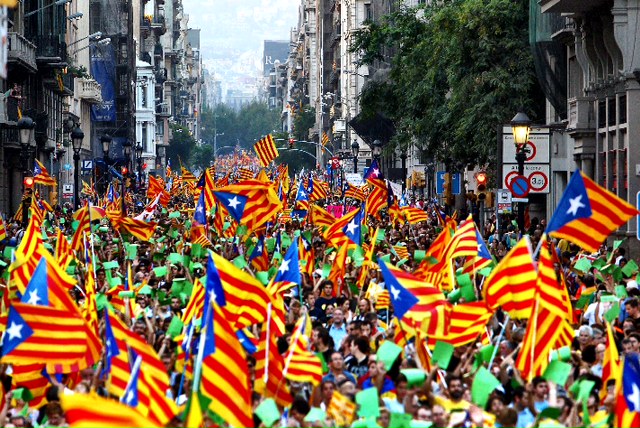
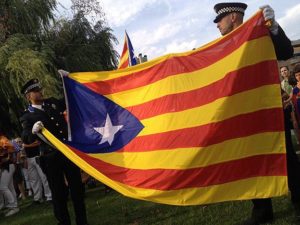
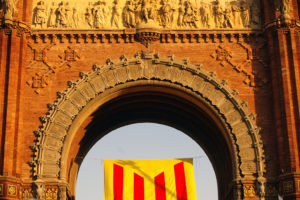

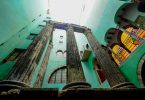

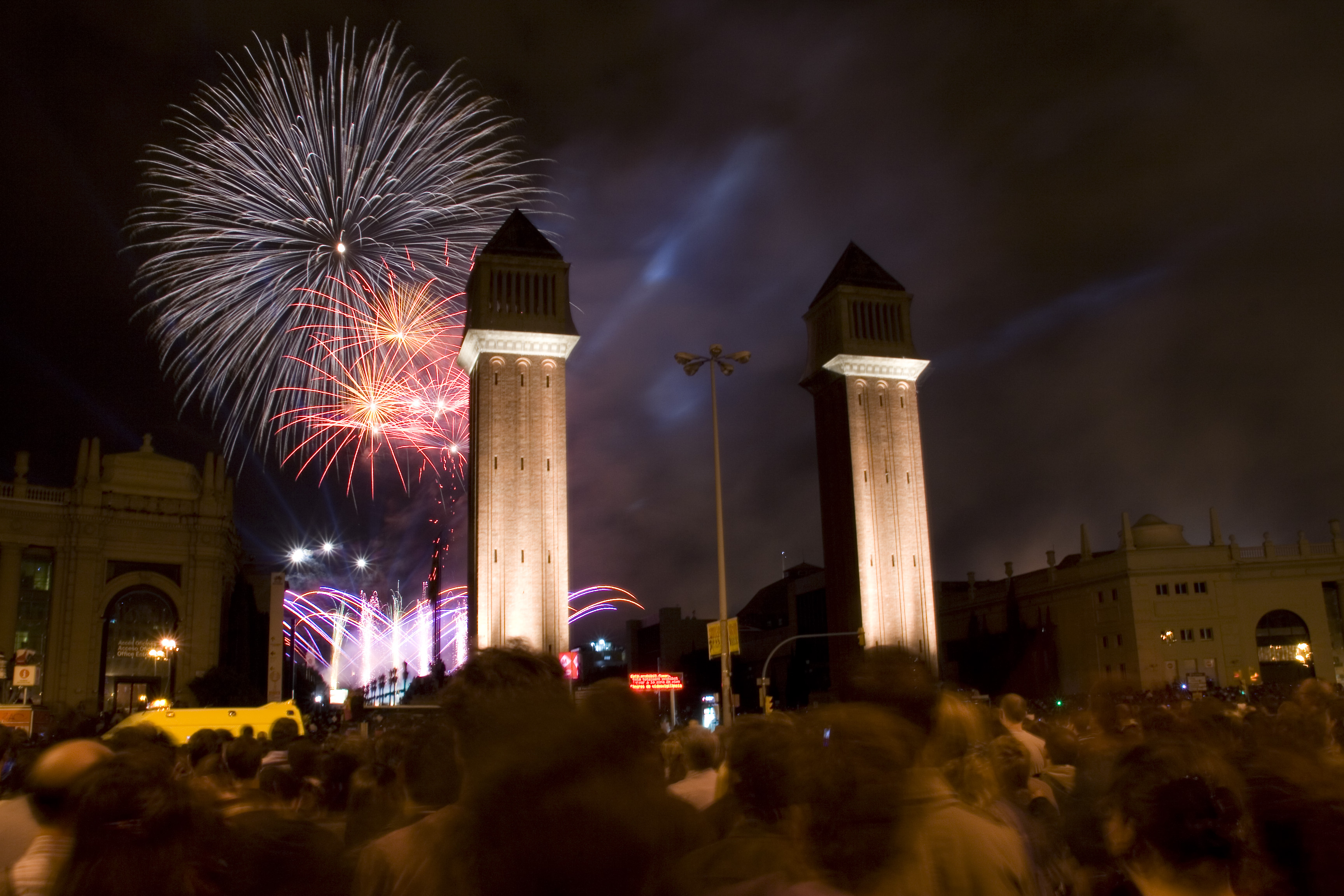
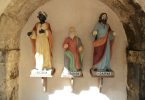
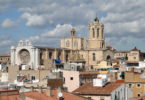


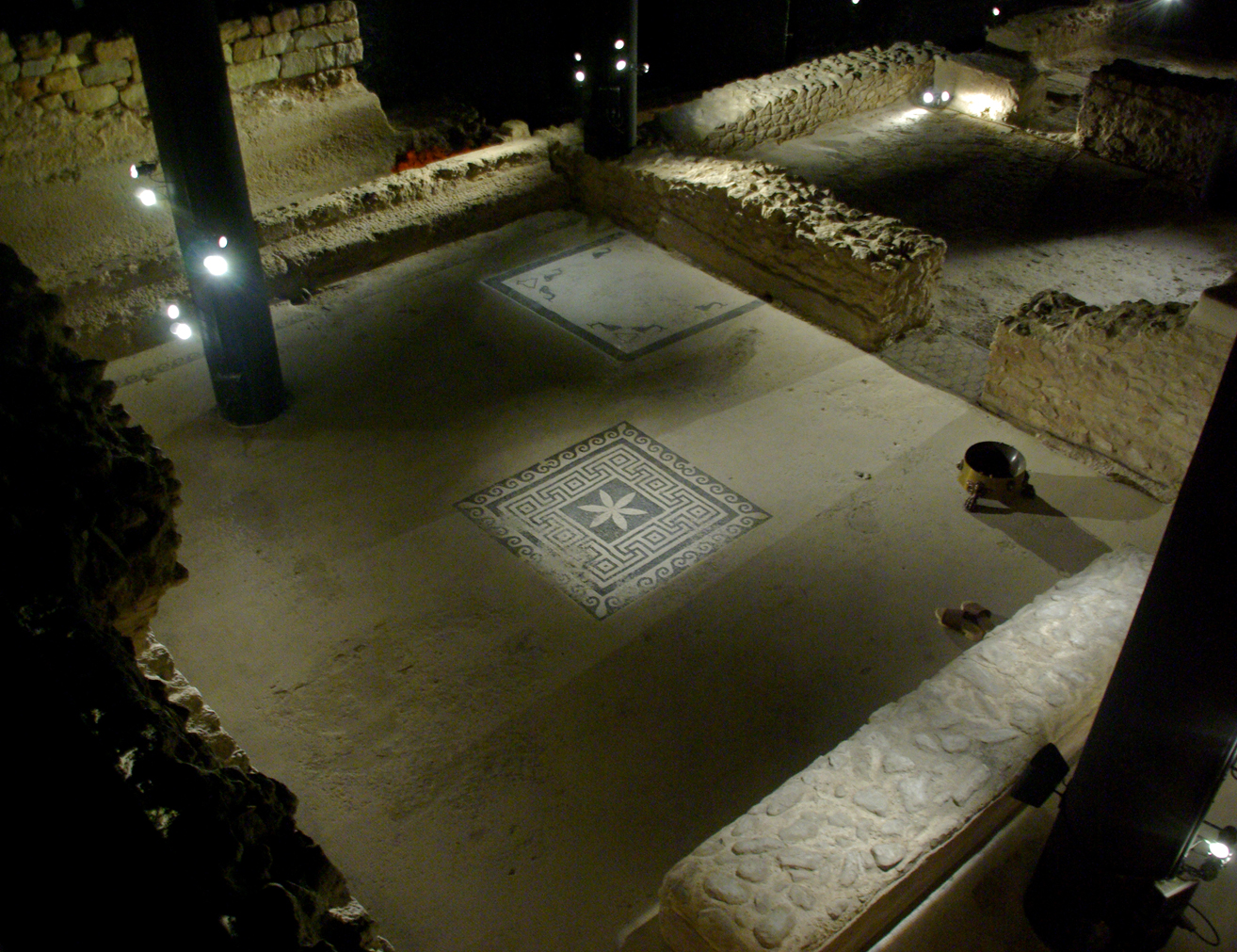
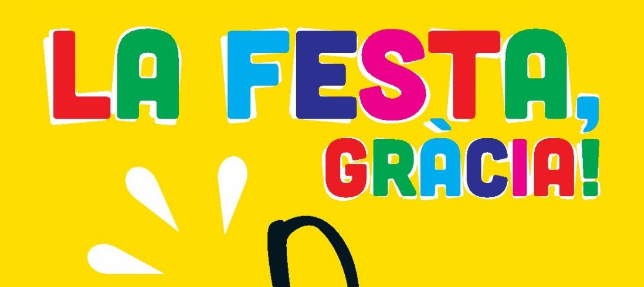

Leave a Comment